Russia: Flooding closes federal highway in Siberia
Fire
and flood apocalypse with wildfires raging and dire threat to Baikal,
world’s deepest lake
Fire and flood apocalypse with wildfires raging and dire threat to Baikal, world’s deepest lake
Almost 3 million hectares on fire, including Arctic, with fumes having hit area larger than European Union.
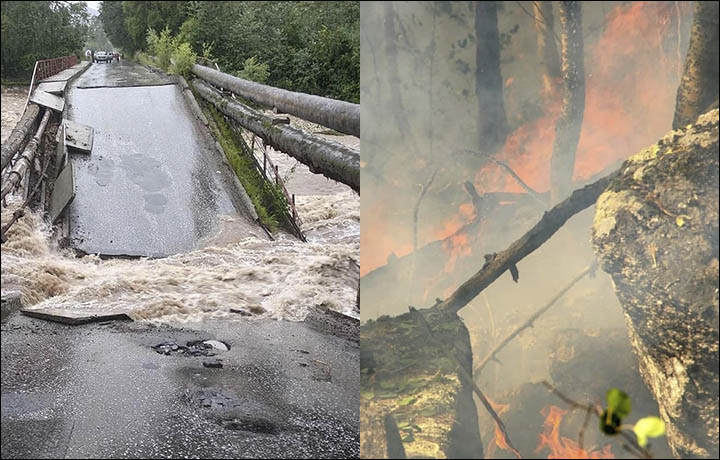
Fire and flood apocalypse hit Siberia and Russian Far East.
Siberian
Times,
29
July, 2019
A
series of natural disasters are hitting Siberia, with the latest a
dire threat from severe flooding to Baikal - the oldest and
deepest lake in the worth, containing 20% of the planet’s
unfrozen freshwater.
The
alert concerns flooding in Baikalsk - where evacuation has begun -
and
concerns
that toxic mudflows can dump poisonous sludge from a former pulp
and paper mill into the lake’s pristine maters.
Pools
of liquid sludge containing lignin poses a huge threat to the life in
Baikal with warnings of an ‘ecological catastrophe’.
‘We
can only pray now,” said one campaigner pointing to a risk of a dam
burst on the Solzana River where a bride had been swept away already.
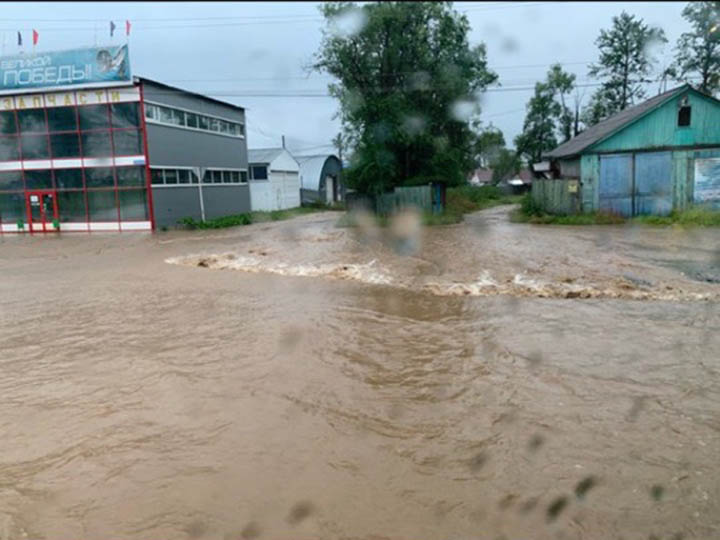
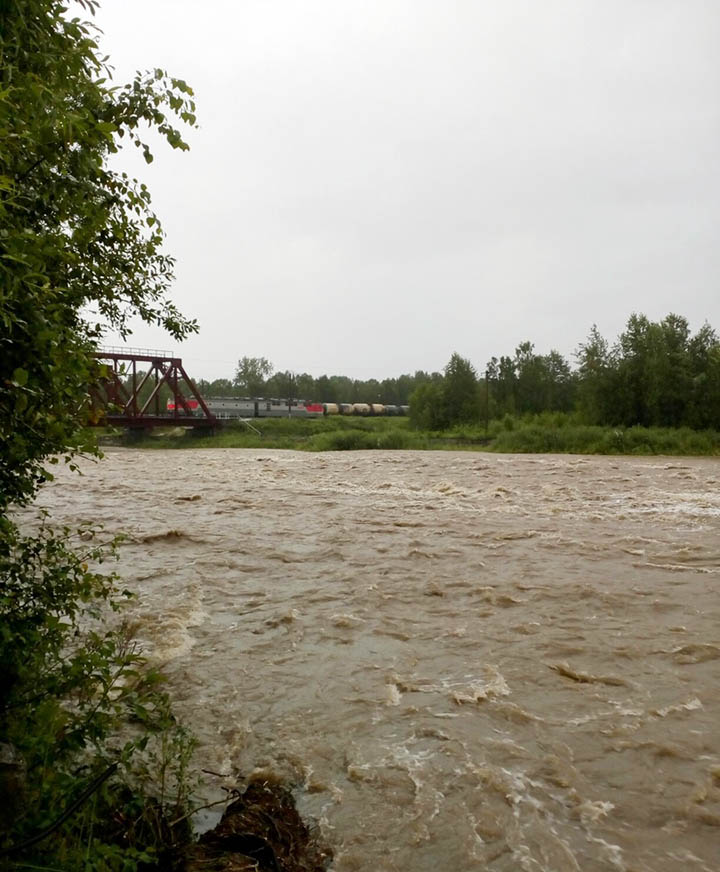
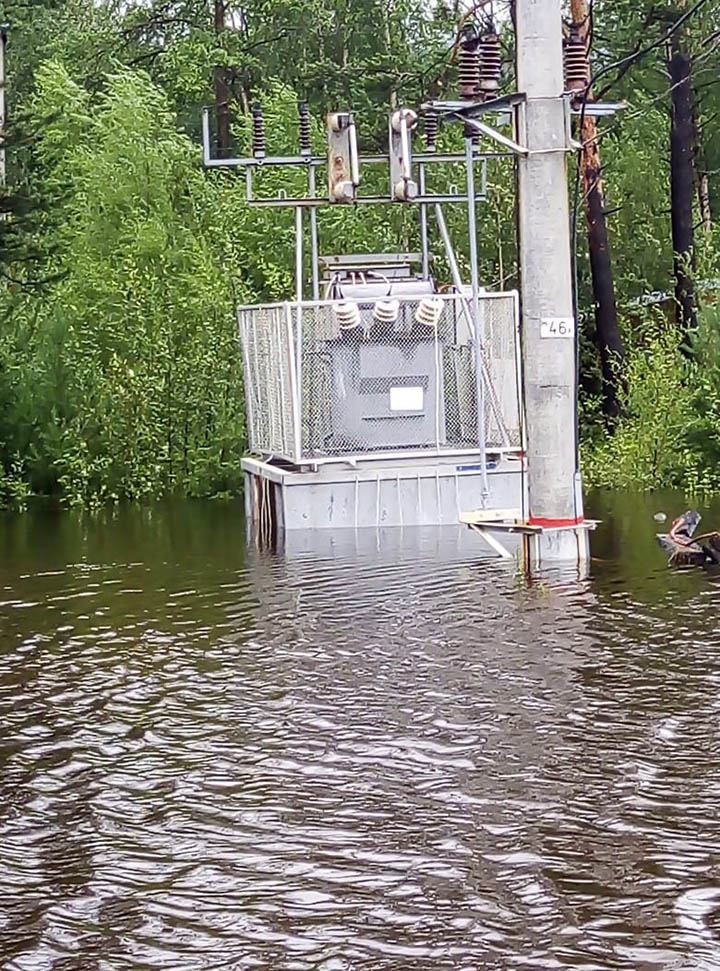
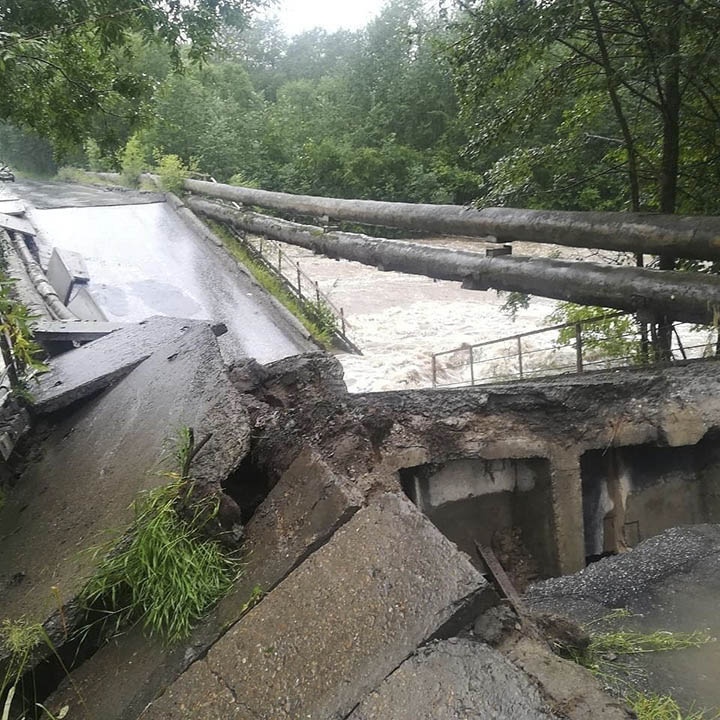
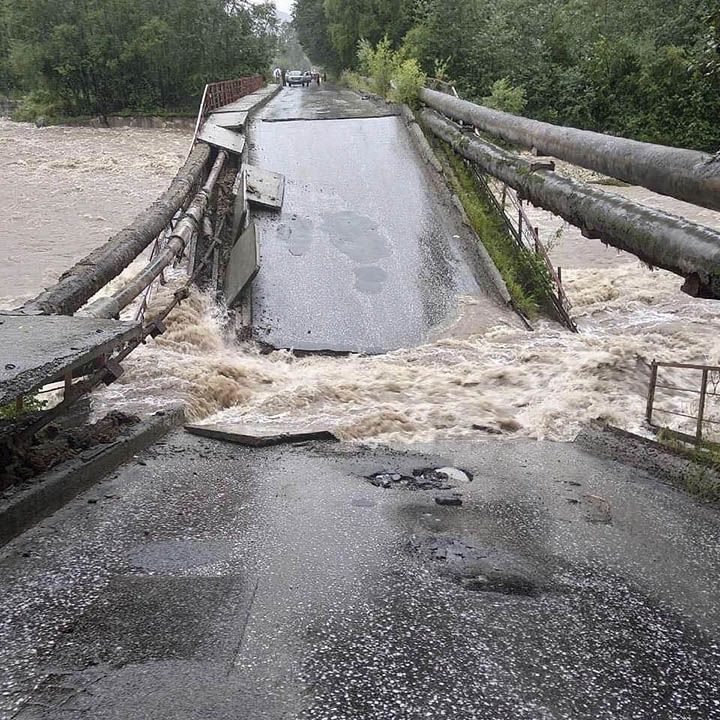
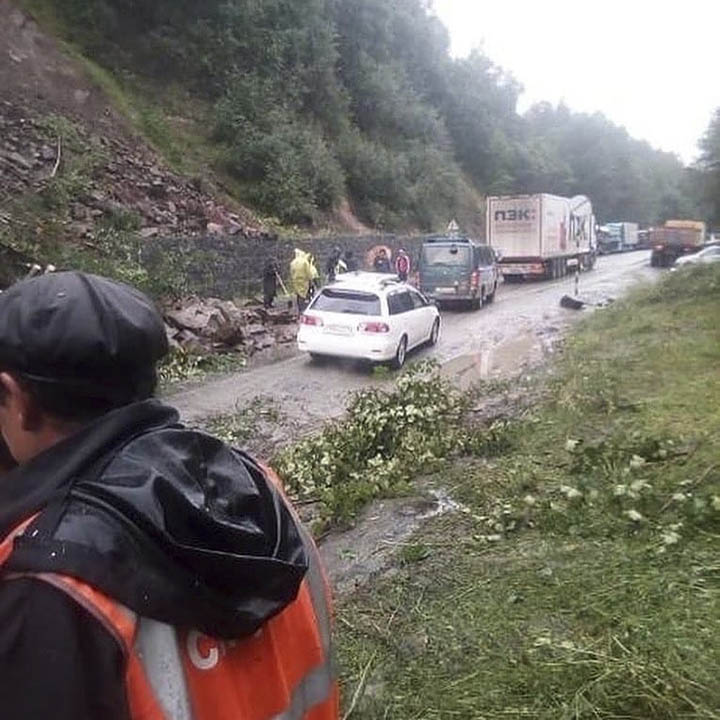
The alert concerns flooding in Baikalsk. Water comes close to the Trans-Siberian
Railway, some districts of the town are already flooded, bridge across river Solzana
which leads to Baikal Pulp and Paper Mill collapsed.
Railway, some districts of the town are already flooded, bridge across river Solzana
which leads to Baikal Pulp and Paper Mill collapsed.
While
Baikal Pulp and Paper Mill, a Soviet-era production facility seen as
an
ecological
threat to the lake, is now closed, the risk of pollution from
untreated waste storages at the site is acute, say reports.
The
last devastating Baikal mudflow was in July 1971 which washed 20
kilometres of the Trans-Siberian Railway into the lake and destroyed
several sections of the
road from Irkutsk to Ulan-Ude.
The
railway could again be threatened
Elsewhere,
some 2,000 have been evacuated in major flooding in Amur region in
the Russian Far East.
There
are fears of a repeat of the massive destruction of 2013.
Stranded
pets have been rescued with 17 villages hit and 600 houses underwater.
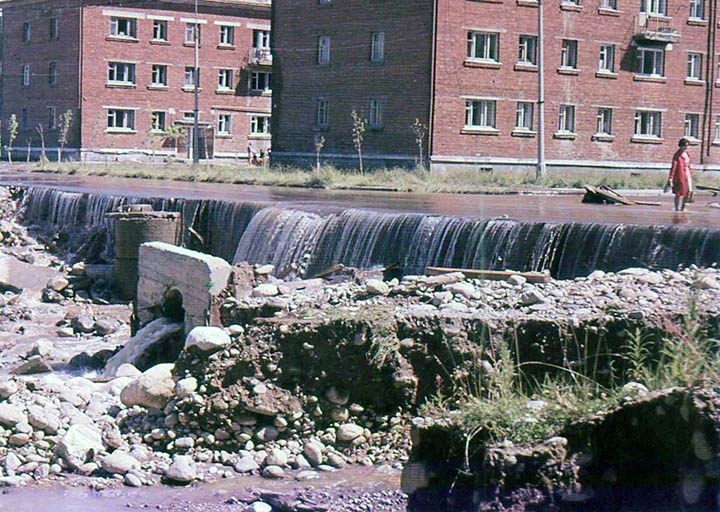
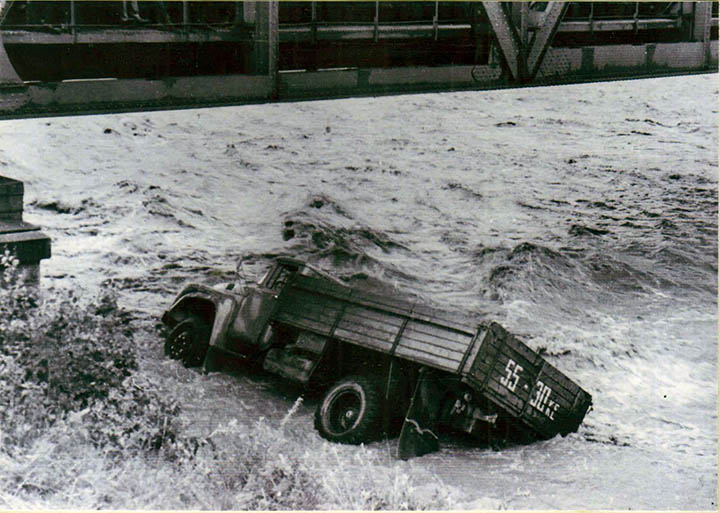
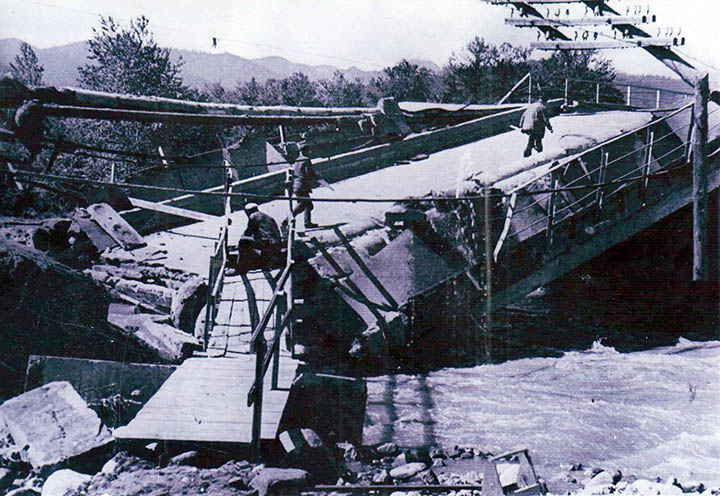
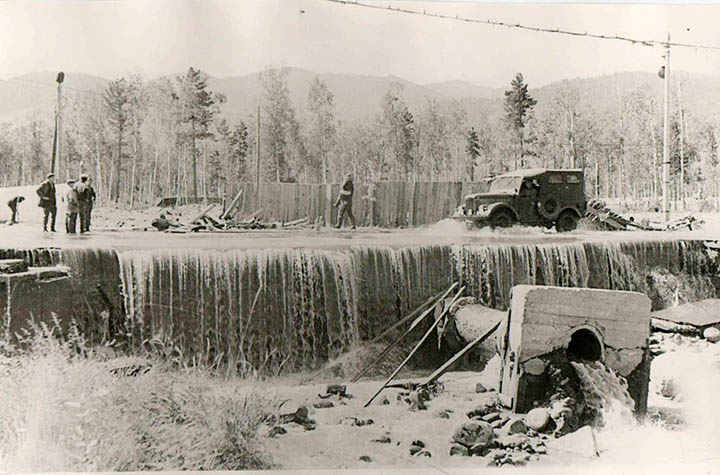
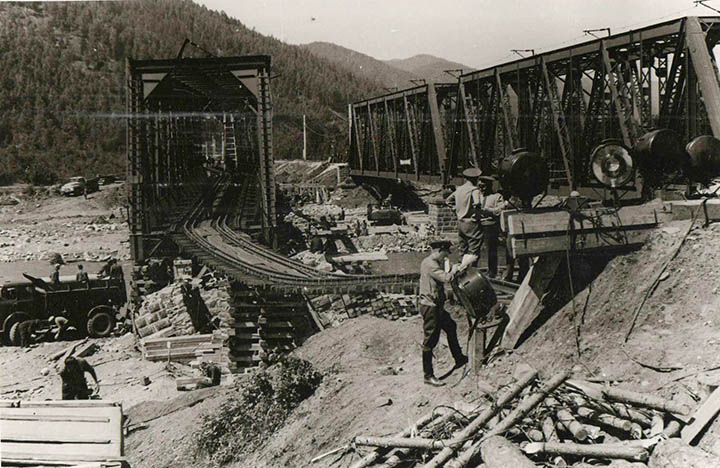
The last devastating Baikal mudflow was in July 1971 which washed 20
kilometres of the Trans-Siberian Railway into the lake and destroyed several sections of the road from Irkutsk to Ulan-Ude.
Some
3,000 kilometres east, the settlement of Tulun has faced its second
massive evacuation in a month from flooding - while also suffering
from wildfire smoke.
The
Iya River is expected to use up to 10 metres above its normal level.
President
Vladimir Putin has twice visited this area in Irkutsk region after
the first wave of flooding.
With
wildfires, almost 3 million hectares are now burning in Siberia and
the Russian Far East.
Smoke
pollution has eased in Kemerovo, Tomsk, Novosibirsk, and Altai
regions - but is forecast to return with a change of wind direction.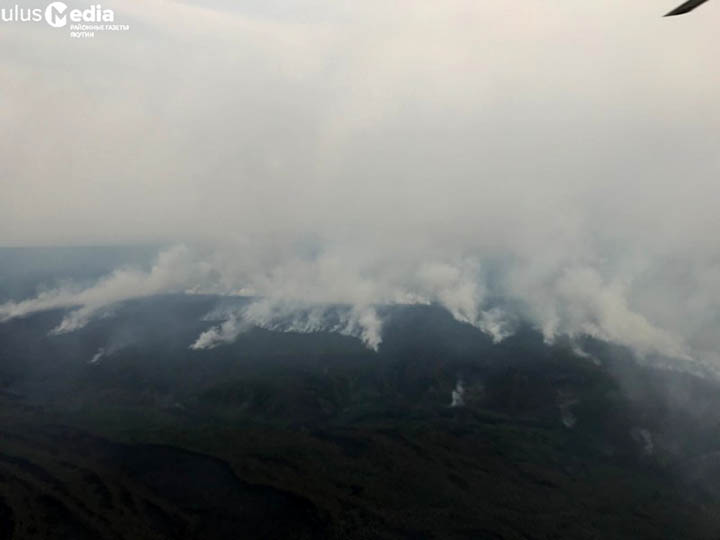
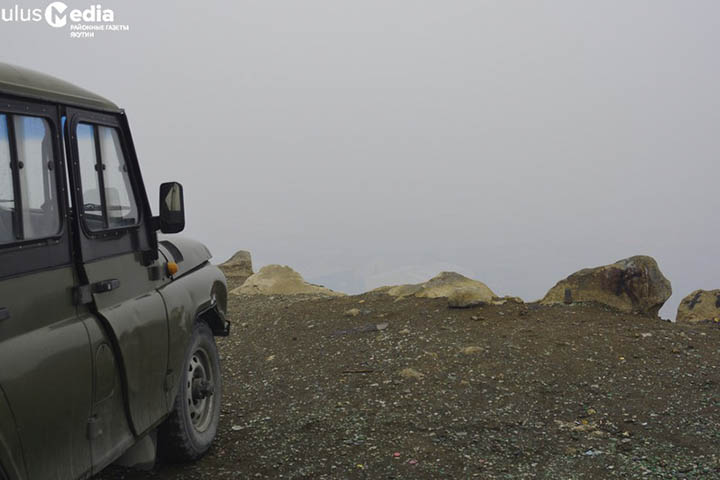
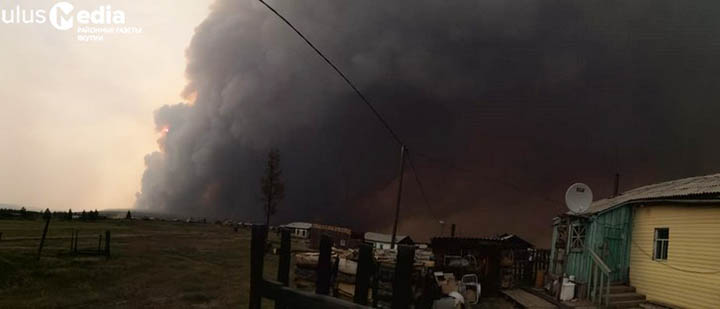

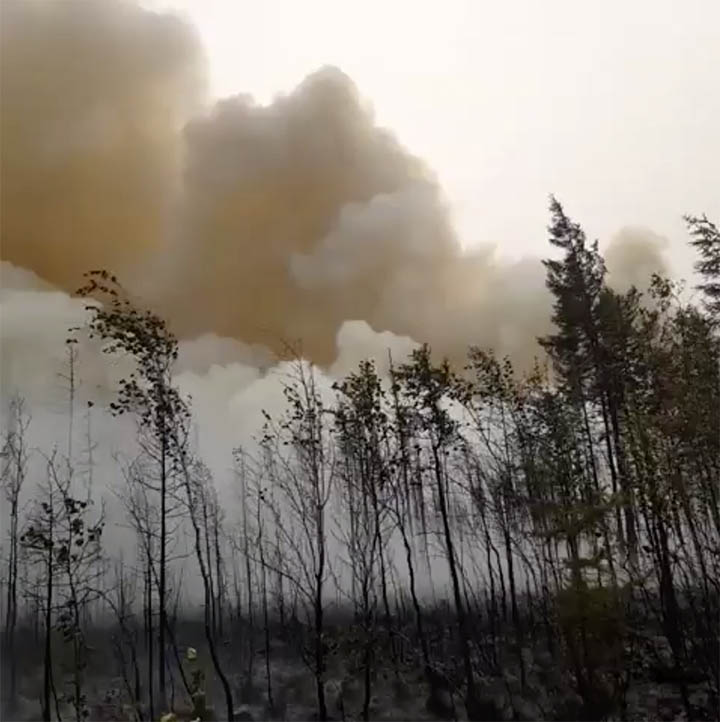
Wildfires raging in Yakutia.
Out-of-control
infernos are destroying permafrost by burning the tundra both north
and south of the Arctic Circle.
Elsewhere
centuries-old boreal forests of cedar, pine and larch - known as the
lungs of the Northern Hemisphere - are turning to ashes.
Concern
in rising over health risks with locals complaining they are living
in a “gas chamber”, while wild animals are “fried alive”.
Worst
hit is Yakutia where 1.8 million hectares are now ablaze.
Here
the tundra is aflame on both sides on both sides of the Arctic
Circle.
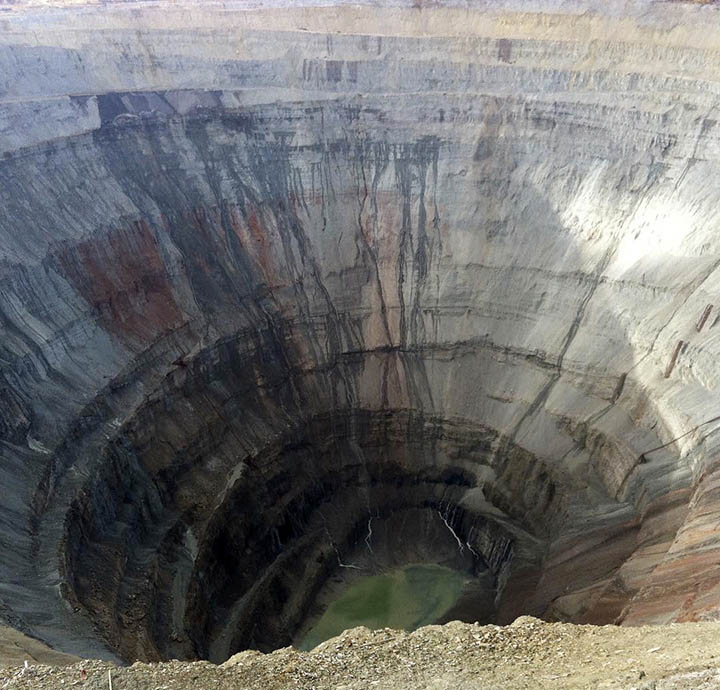
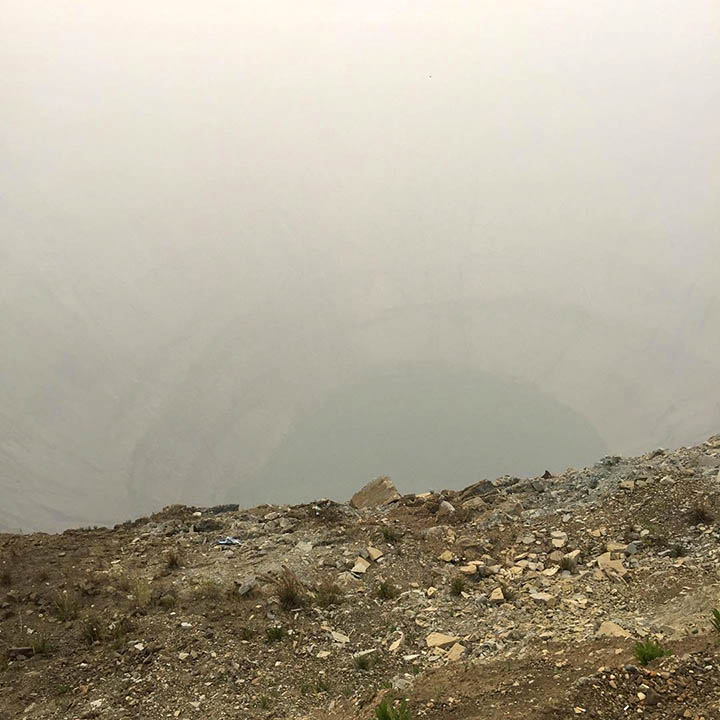
Famous Mir mine in thew city of Mirny, Yakutia, in normal weather and covered witrh the smoke.
In
Krasnoyarsk, just short of one million hectares are on fire.
Here,
an Emergencies Ministry pilot said that he has been waiting to fly
his water-spraying plane on burning forests but no order was given.
'Every
day I and the whole team are on duty. There are four aircraft,' he
revealed.
'Since
the beginning of the fires, not a single specialised Be-200 has been
lifted into the air.
'Yet
all around everything is burning and in the smoke.'
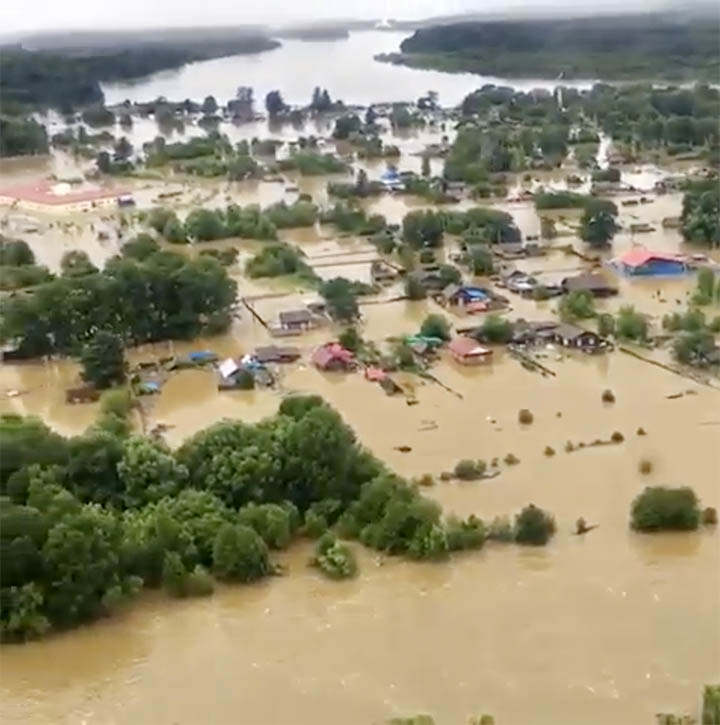
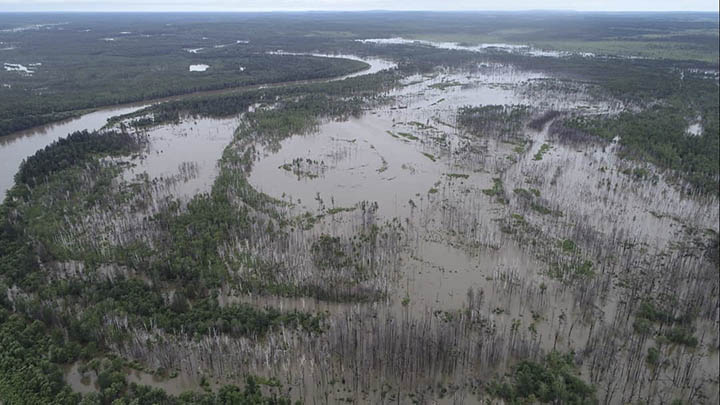
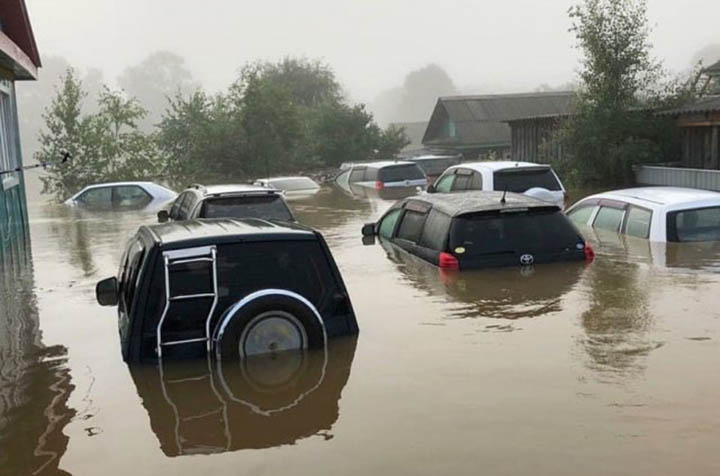
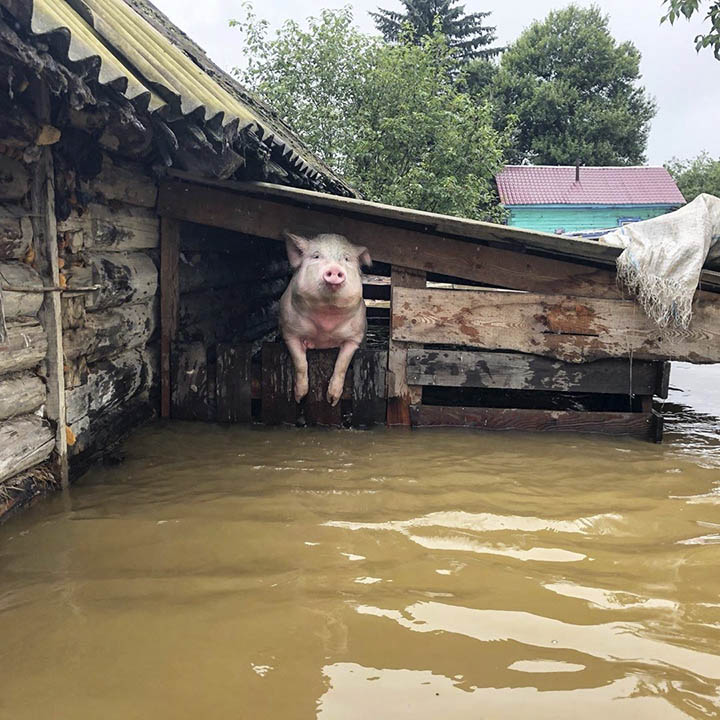

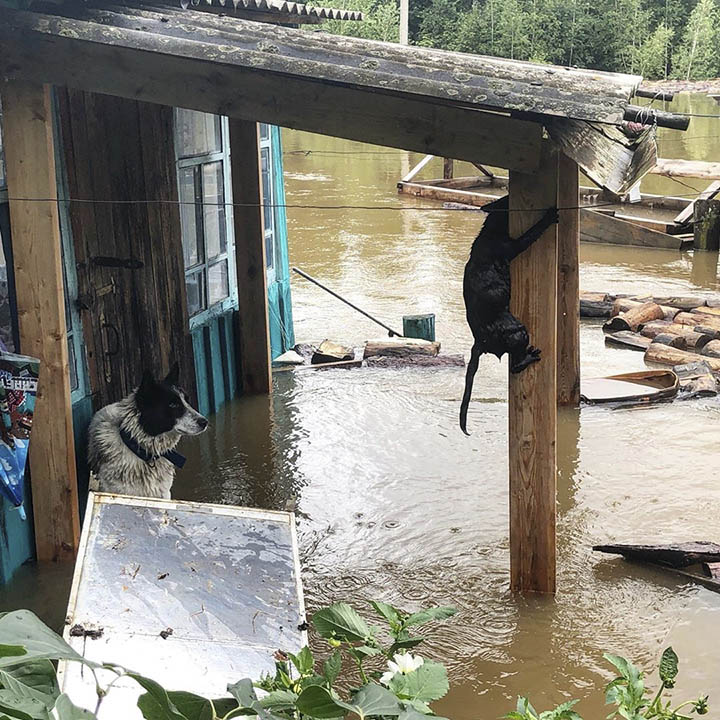
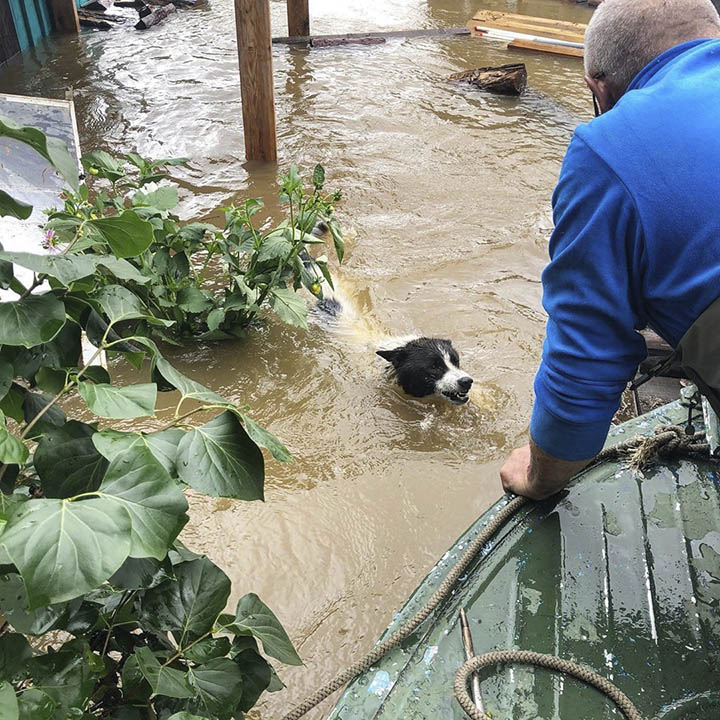
Some 2,000 have been evacuated in major flooding in Amur region in the Russian Far East. Pictures: Amurskaya Pravda, @tim0n050
Like
many locals he attacked the authorities for turning a blind eye to
fires in remote locations where few live.
‘They say it is expensive to extinguish and if part of the forest burns down - it is not scary.,’ he said. 'I think this is absurd.
‘The forest burns and does not stop - the fire spreads in dry and windy weather.
‘Of course, now, probably it will be expensive to extinguish everything that burns.
‘But why was there no order to fly out earlier, when the fire had just begun to spread. Everything was under control then?
'I have been living in the North for a long time - there have been fires before, but I have not seen one like this year.
‘Yes, the fire is far from people, for example, in Vanavara, but there is such smoke there! And no-one thinks about the people who are there.’
‘They say it is expensive to extinguish and if part of the forest burns down - it is not scary.,’ he said. 'I think this is absurd.
‘The forest burns and does not stop - the fire spreads in dry and windy weather.
‘Of course, now, probably it will be expensive to extinguish everything that burns.
‘But why was there no order to fly out earlier, when the fire had just begun to spread. Everything was under control then?
'I have been living in the North for a long time - there have been fires before, but I have not seen one like this year.
‘Yes, the fire is far from people, for example, in Vanavara, but there is such smoke there! And no-one thinks about the people who are there.’
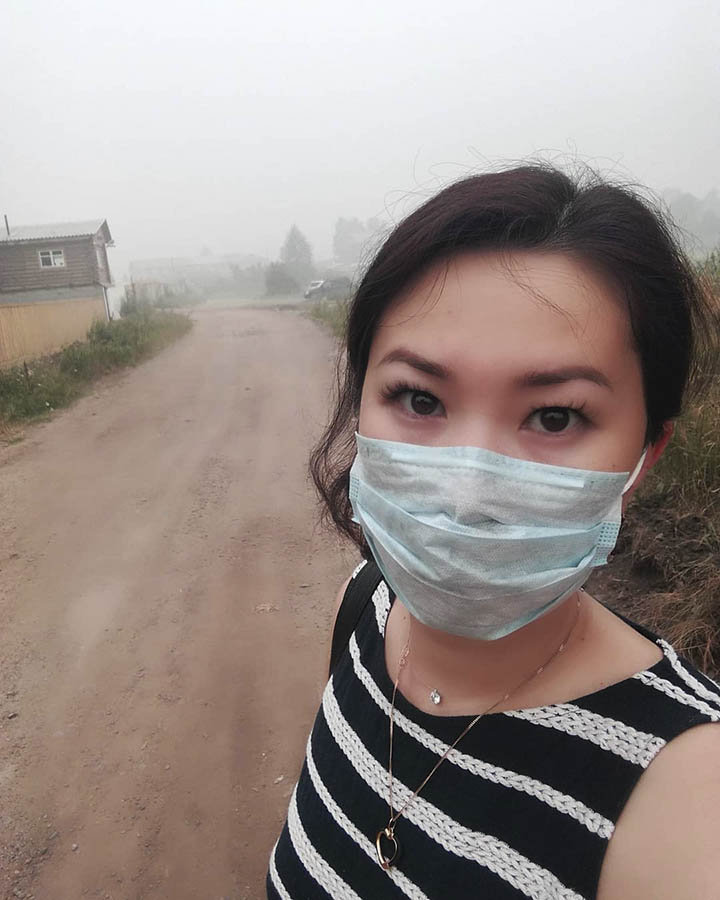
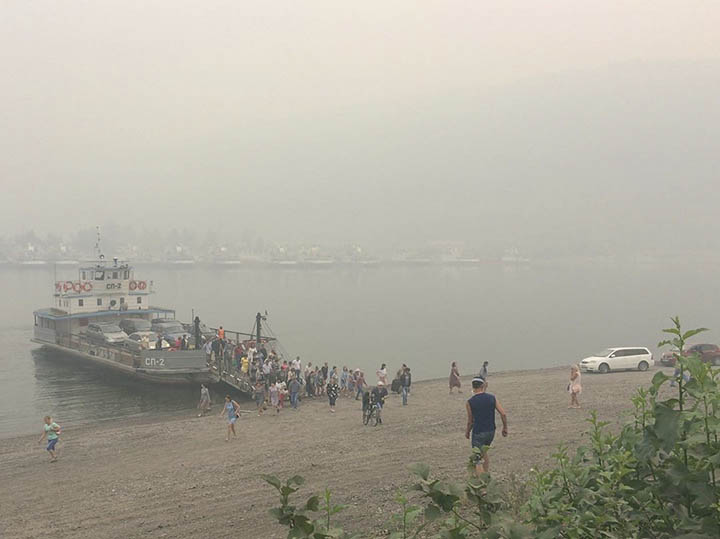
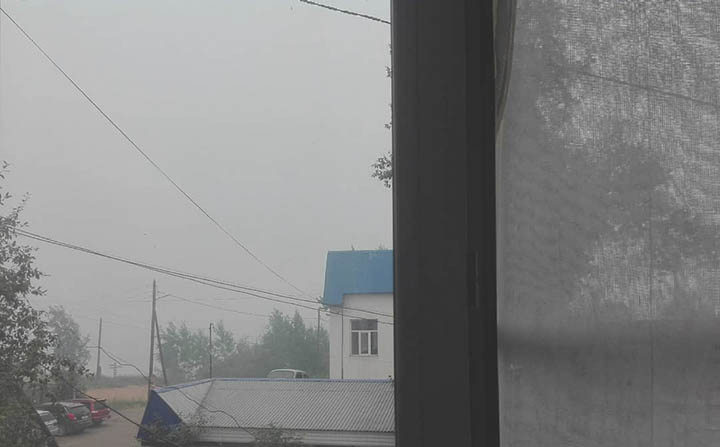
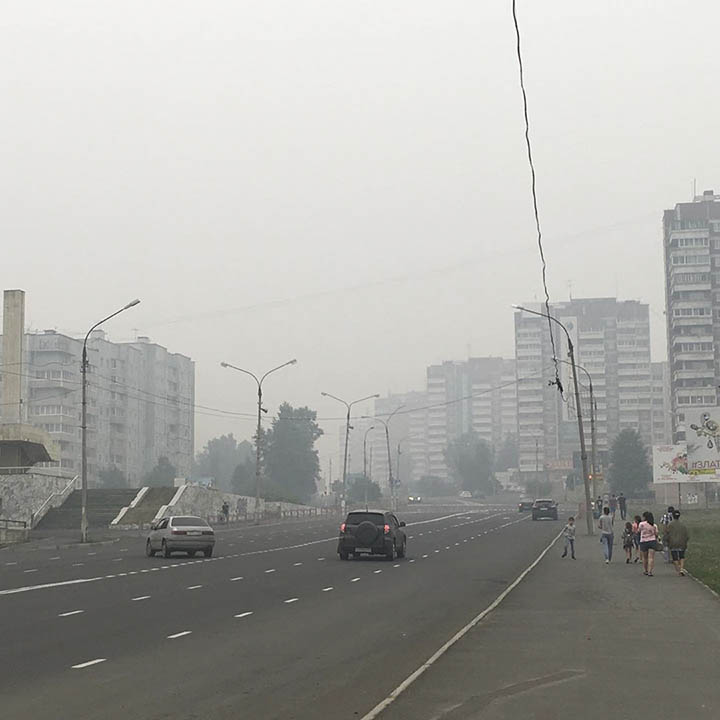
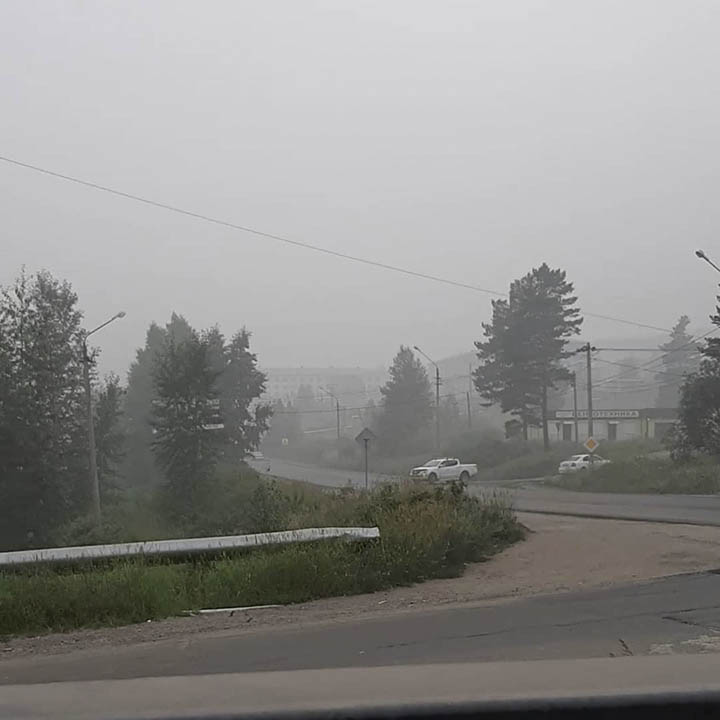
More than 100 settlements in Irkutsk region are covered with the smoke too. Piuctured: Kirensk, Ust-Ilimsk, Ust-Kut towns.
Postings
from people hit by fires have been dramatic.
‘Our children are suffocating,’ one woman posted.
‘We are right next to the epicentres of wildfires, and we struggle to breathe,’ complained mother Marina in Evenkia, in the north of Krasnoyarsk region, one of the worst-hit.
Olga from Tura, in the same region, said: ‘We see bears coming out of the taiga one after the other, deer, too, and smaller animals - but mainly bears.
‘Planes stopped coming because they can’t land in thick smog.
‘People walk around the village in masks but they are no real help as even with a mask on it hurts to breathe.'
‘Our children are suffocating,’ one woman posted.
‘We are right next to the epicentres of wildfires, and we struggle to breathe,’ complained mother Marina in Evenkia, in the north of Krasnoyarsk region, one of the worst-hit.
Olga from Tura, in the same region, said: ‘We see bears coming out of the taiga one after the other, deer, too, and smaller animals - but mainly bears.
‘Planes stopped coming because they can’t land in thick smog.
‘People walk around the village in masks but they are no real help as even with a mask on it hurts to breathe.'
More
than 1,500 km further west, Valeria Glukhova from the city of Omsk,
said: ‘I was
at a bus stop and I felt like I was locked inside a gas chamber.
‘Every
time I inhaled the air burnt my lungs. I returned home with awful
headache and soon started vomiting.
‘My
husband called an ambulance.
‘My
head is aching, my throat is hurting, my eyes are itchy.
‘I
had to walk for about ten minutes, and now hair smells of smoke so
badly, as if I was sitting all night long by a campfire.
‘I
saw many teenagers and children wearing medical masks, but I am
pretty sure they are not enough, you literally need a gas
mask.’
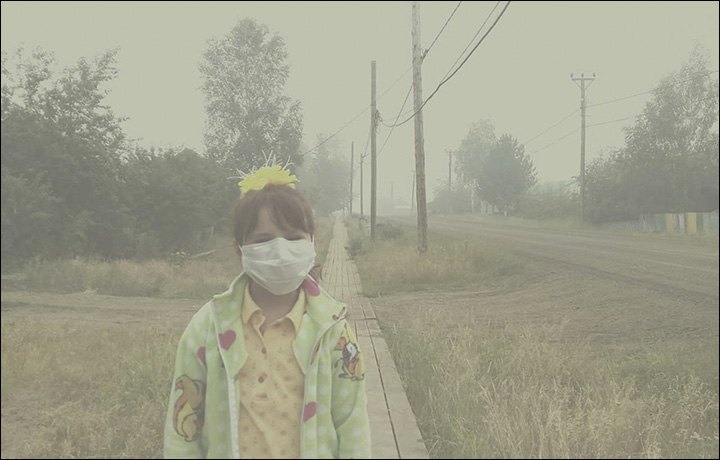

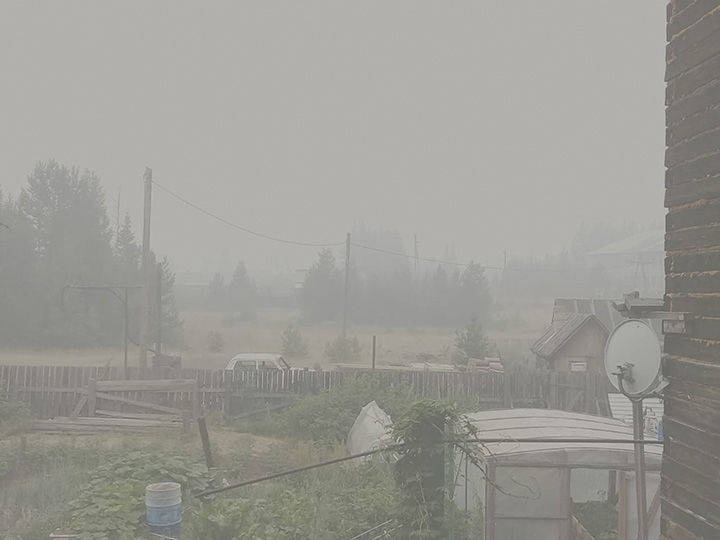
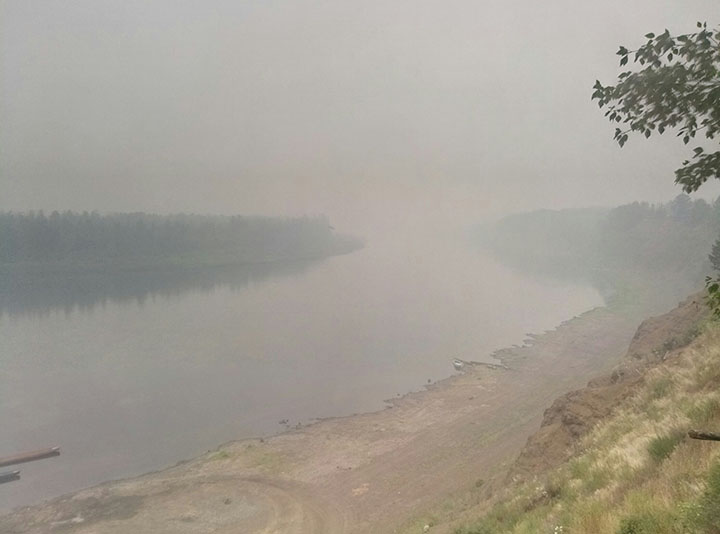
Vanavara settlement is covered with the smoke, but the head of the village denies any threat to people's health.
In
badly-hit Vanavara locals have posted pictures which have been
disputed by local administration chief Alexander Zarubin who
accused them in exaggeration, using photoshop or filters, which
they deny.
In
this settlement a child was shown wearing a mask because of the
pollution.
Locals
accuse Zarubin of talking ‘nonsense’.
A
senior regional official denied that the situation was as serious as
resdients and the media had claimed. 'This is a common natural
phenomenon, it is meaningless to fight with this, and sometimes it
can be even harmful. If we have a snowstorm in winter
in
cold weather, no one comes up with the idea to drown icebergs so that
we have a warmer weather.’ said Krasnoyarsk governor
Alexander Uss.
UPDATE:
Today
Russia declared a state of emergency over wildfires in Krasnoyarsk
and Irkutsk regions and parts of Sakha (Yakutia) and Buryatia
republics.
Talking to Siberian Times, an emergency pilot in Krasnoyarski Krai said he had
spent days waiting to fly his firefighting plane, but received no order to do so.
"Every day the whole team and I are on duty. There are four aircraft," he said in
an article published on Monday.
"Since the beginning of the fires, not a single specialized [plane] has been lifted into the air."
"They say it is expensive to extinguish and if part of the forest burns down — it is
not scary," the unnamed pilot said.
Greenpeace steps in
Separately, the region's officials said that cost of the firefighting effort is
sometimes "ten times larger than the possible damage" cause by the fire.
But the pilot slammed the calculation as "absurd."
"Of course, now, probably it will be expensive to extinguish everything that burns," he said.
"But why was there no order to fly out earlier, when the fire had just begun to
spread?"
The Russian charter of Greenpeace had launched a petition to force the
government to move against wildfires in Siberia, which was signed by some
245,000 by Tuesday evening.
The wildfires "have long stopped being a local problem" and have "transformed
into an ecological disaster with consequences for the entire country," Greenpeace said.
Greenpeace expert Grigory Kuksin said the soot and ashes accelerate the
melting of the Arctic ice and permafrost, which in turns releases even more greenhouse gases into the atmosphere.
"It is comparable to the emissions of major cities," he told the AFP news agency.
"The more fires affect the climate, the more conditions are created for new
dangerous fires."
The group said almost 12 million hectares have already burned this year,
destroying forests that absorb carbon dioxide.
Siberia was almost 10 degrees Celsius (18 Fahrenheit) warmer than the
ong-term average in June, according to World Meteorological Organization.


No comments:
Post a Comment
Note: only a member of this blog may post a comment.